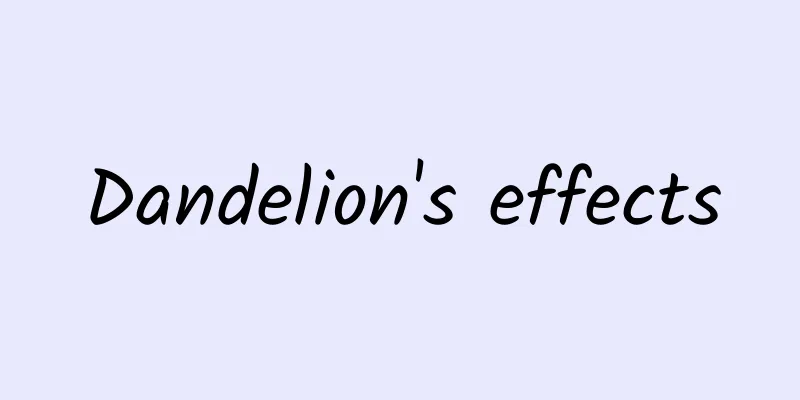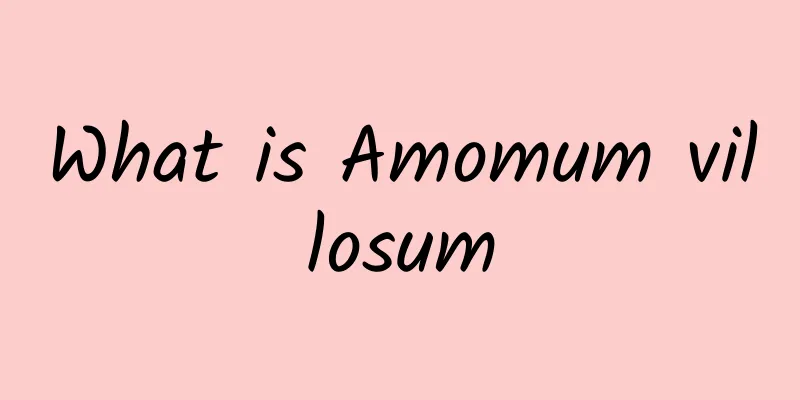Dandelion's effects

|
On the roadside, we can all see some dandelions. In fact, many dandelions are wild. However, as a traditional Chinese medicinal material, dandelion is mostly cultivated and harvested and dried regularly. What people know most about the effect of dandelion is that it improves eyesight. So, does dandelion have other uses? Of course, we don’t know many of its functions. Raw dandelions are rich in vitamin A, vitamin C and potassium, and also contain iron, calcium, vitamin B2, vitamin B1, magnesium, vitamin B6, folic acid and copper. The specific element content is mainly water. Every 60 grams of raw dandelion leaves contains 86% water, 1.6 grams of protein, 5.3 grams of carbohydrates, and about 108.8 kilojoules of calories. The dandelion plant contains a variety of healthy nutrients such as taraxacin, taraxacin, cholecalciferol, organic acids, inulin, etc. Sweet, slightly bitter and cold in nature. It enters the liver and stomach meridians. It has diuretic, laxative, jaundice-relieving and choleretic effects. It is used to treat heat toxins, carbuncles, sores, internal abscesses, red and swollen painful eyes, damp heat, jaundice, dribbling and painful urination, carbuncle swelling and toxins, breast abscess, scrofula, toothache, red eyes, sore throat, lung abscess, intestinal abscess, damp heat jaundice, and hot and painful urination. Treat acute mastitis, lymphadenitis, scrofula, carbuncle, acute conjunctivitis, cold and fever, acute tonsillitis, acute bronchitis, gastritis, hepatitis, cholecystitis, urinary tract infection, etc. Dandelion can be eaten raw, fried, or made into soup. It is a plant that can be used as both medicine and food. The whole dandelion herb contains dandelion sterols, cholecalciferol, inulin, pectin, etc. The roots contain taraxacinol, taraxacinol, ψ-glucosterol, taraxacinol, β-amyrin, stigmasterol, β-sitosterol, cholecalciferol, organic acids, fructose, sucrose, glucose, glucoside, resin, rubber, etc. The leaves contain lutein, ophiopogon japonicum, phylloquinone, vitamin C (50-70 mg/100 g) and vitamin D (5-9 mg/100 g). |
<<: Deer antler is divided into several grades
>>: The role of mulberry leaves
Recommend
Is there "white pollution" in the insect world? At the end of the year, beware of the hungry "leaf-eating devil"!
The adult of the American white moth is inconspic...
Taking a census of galaxies? China's sky survey helps resolve the Hubble crisis!
The English version of Science China Physics, Mec...
The efficacy and function of Fritillaria thunbergii
In daily life, people are not only very familiar ...
The efficacy and function of jade chips
Jade chips are a very common Chinese medicine in ...
The carotene content of broccoli is 29 times that of broccoli! This vegetable is antioxidant, promotes bowel movements, and controls blood pressure. It would be a pity to miss it.
When it comes to kale, many people only think of ...
Say no to choice difficulties, AI can help you choose clothes!
Produced by: Science Popularization China Author:...
Can senna help you lose weight?
Losing weight is a very common thing nowadays, an...
The efficacy and function of loofah
Luffa stem has a long history, and until now, luf...
The efficacy and function of Qilin Delphinium
Qilin Delphinium is a very common Chinese medicin...
Let's watch together! The "Chinese Dove Flower" from the Ice Age
China is a vast country with rich resources and c...
The latest study shows that drinking milk increases the risk of cancer? Is it still okay to drink milk?
Needless to say, everyone knows the benefits of d...
What are the traditional Chinese medicines for replenishing kidney yang?
There are many patients suffering from kidney def...
An octogenarian is restricted from going to the hospital due to salt restriction in order to control high blood pressure? Is it true that lighter food is not better?
Salt is very important to the human body, and acu...









